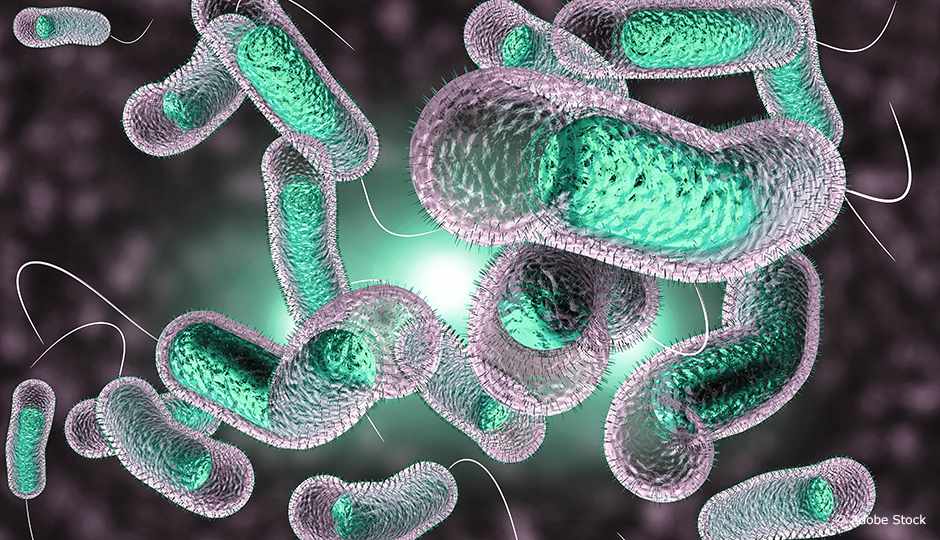Many drugs never make it onto the market, because they are unable to cross the intestinal cells to reach the bloodstream. Grégoire Leclair, an associate professor in the Faculty of Pharmacy at Université de Montréal and a member of the university’s drug research group (GRUM), took inspiration from the cholera toxin to facilitate the absorption of certain therapeutic molecules.
This discovery could lead to the development of new drugs.
The cholera toxin is a molecule with two subunits: one is toxic and causes severe intestinal problems in infected individuals, while the other is responsible for transporting the molecule across the intestinal barrier. The researcher isolated this non-toxic portion and linked it to a biomolecule with a therapeutic effect to form a bioconjugate. He then attempted to get the bioconjugate across the intestinal barrier using the same protein used by cholera to contaminate the human body: the GM-1 protein. This means of transportation proved particularly effective in the case of the large biological protein, which succeeded in crossing the barrier.
The next step for the researcher and his team will be to carry out testing on mice to verify whether the molecule reaches the bloodstream. If the tests are conclusive, this discovery could lead to the development of new drugs. Indeed, pharmaceutical companies are increasingly turning to large biomolecules in the development of treatments for diseases such as cancer. Furthermore, the GM-1 protein is present in many parts of the body, including the brain and the lungs. Pairing a drug with the non-toxic portion of the cholera toxin to create a bioconjugate would be a gateway to the blood-brain barrier or lung cells, making it possible to target and treat these organs directly.




